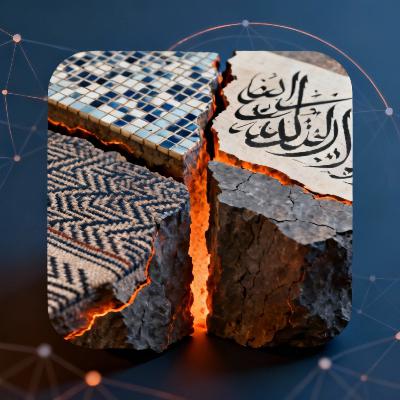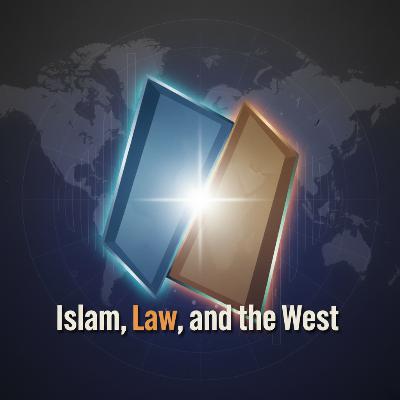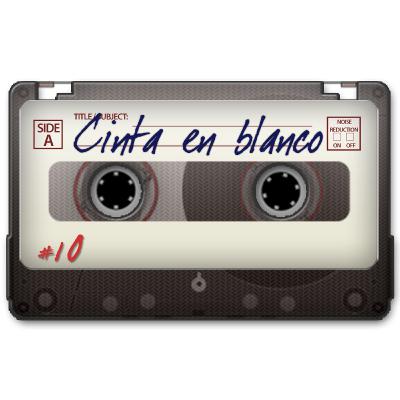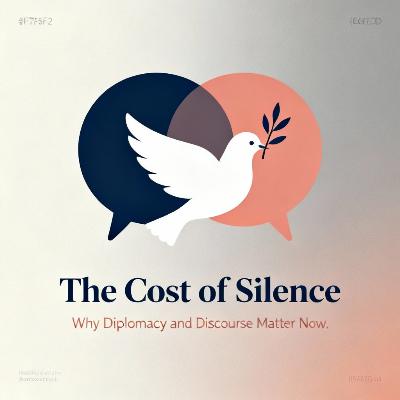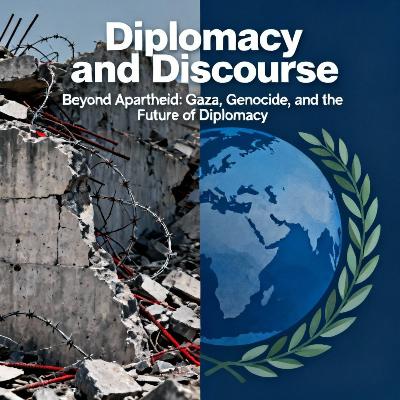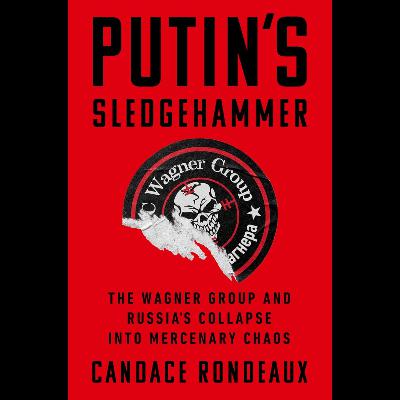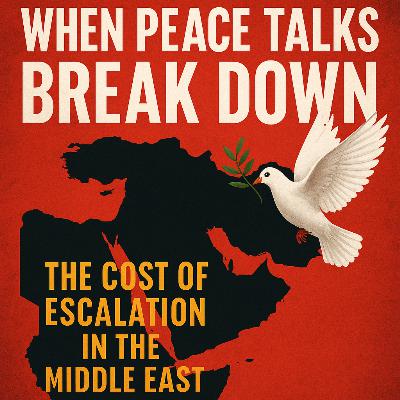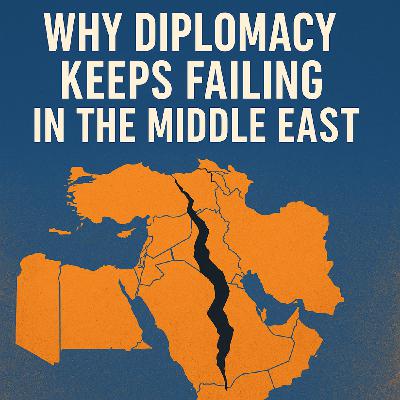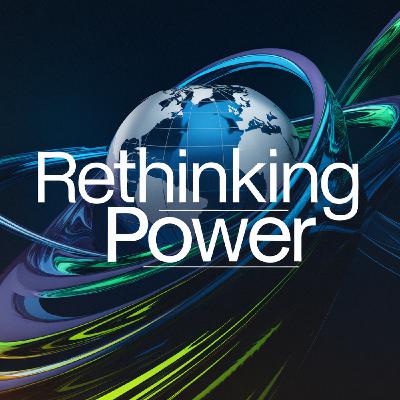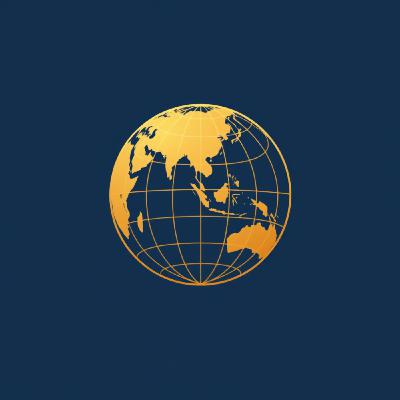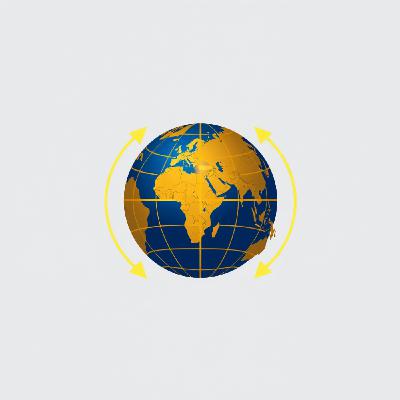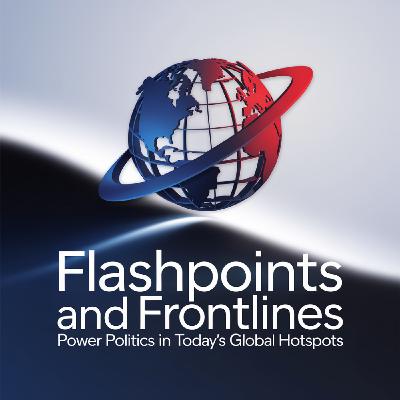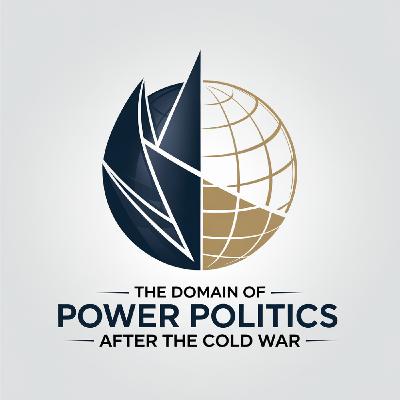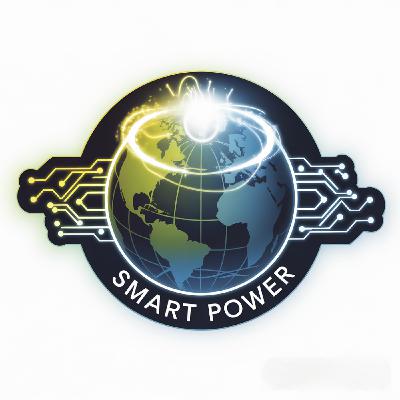#23 Pt. 1 - Islam, China, and the West: Clash, Convergence, or Coexistence?
Update: 2025-10-15
Description
In Part 1 of this two to three-part series, host A.R. unpacks Samuel P. Huntington’s Clash of Civilizations and tests it against the world we actually live in.
What we cover:
- The theory: Huntington’s civilizational blocs and “fault lines”
- The critique: simplifications, identity flattening, and “us vs. them”
- Real-world flashpoints: U.S.–China rivalry, Russia’s war in Ukraine, Gaza (2023–25), Taliban rule in Afghanistan, EU migration politics
- Paradoxes of power: U.S.–Saudi alignment, China brokering a Saudi–Iran détente, BRICS expansion
- Globalization’s countercurrent: interdependence, soft power, and transnational networks
- Alternative lenses:
- Francis Fukuyama: liberal convergence (End of History)
- Edward Said: critique of civilizational framing (Orientalism)
- Amartya Sen: overlapping identities (Identity and Violence)
- John Mearsheimer: realism and power over culture
- Joseph Nye: soft power, networks, and attraction
- 2025 outlook: slower U.S. growth, multipolar competition, and where civilizational narratives help—or mislead
Key takeaways:
- Identity matters, but power politics, resources, and institutions matter too.
- “Clash” narratives can become political tools.
- The future looks less like a single civilizational conflict and more like a messy, multipolar contest with moments of cooperation.
Comments
In Channel

